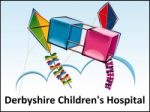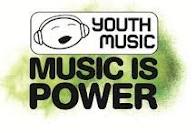Friday 11th May 2012
AM
Sunflower Ward (an open waiting area upstairs with day surgery waiting and recovery areas on each side) – quite quiet today, but started in the day surgery area – one little girl rocking with her Mum in time with the music, did not need any more engagement than that – 2 little babies in and out with parents and a few attending physicians and nursing staff joining in with “Wind the Bobbin Up” and discussing the song with each other. Other ward quiet – played “for” mostly here – sleepy patients.
Lobsters (an area with 3 rooms each with about 4 beds in just next to Sunflower)– 2 teenaged boys with Mums – one eating and looking tired and not engaging much but listening – the other turned out to be a ballet and contemporary dancer – has played violin and guitar also – joined us in percussion – nice discussion about his dancing and musical life – Mum also played shaker with us and told us she is a flautist when she has time.
Foyer to the Hospital (a large waiting area downstairs – the main way into the Children’s Hospital) – discussed the uninspiring nature of this area to play in – performance of “Five O’Clock” before cup of tea break.
Pink Room (large waiting area downstairs) – not occupied by many
Green Room (same sized area further down the corridor) – nice improvisation for a toddler learning to walk and having fun following Dad backwards and forwards – Played “Match of the Day” for two people at the football table – the passing Physiotherapists were impressed with the tune and requested Ski Sunday theme tune and Cricket theme – also stated not too loud and no more noise near their working door.
PM
ICU (upstairs in Children’s Hospital) – played for a 2 year old and a little baby for short time
Shrimps (baby ward on the upstairs Puffin Ward) – lovely interaction and eye contact from little baby and sister – transfixed on me and the viola for many times round the musical piece the Mazurka de St Pierre – latterly a lovely mesage from the family thanking the doctors, nurses and musicians.
NICU – worked through from littlest ones, to the eldest – Bb major improvisation pizzicato Viola, Guita and Bodhran and the machines – hypnotic and trance-like – the Doctor on duty took some film of our work near the incubators.
Sarah Matthews



 OPUS musicians are all highly trained for music and health practice by internationally renowned leaders in this field, Musique & Santé. Nick Cutts has previously trained alongside a European team of musicians in Manchester, Paris, Krakow and Dublin under the guidance of Musique & Sante trainers. In December 2010, Marianne Clarac, a trainer and musician from Musique & Santé visited Derby for a week to deliver training to all OPUS musicians along with others from the region. Nick is now training again in Manchester and Paris with Musique & Santé as part of a European ‘Train the Trainer’ programme. Nick and OPUS colleagues are currently delivering training to musicians and healthcare staff from across the UK using approaches developed by Musique & Santé over many years.
OPUS musicians are all highly trained for music and health practice by internationally renowned leaders in this field, Musique & Santé. Nick Cutts has previously trained alongside a European team of musicians in Manchester, Paris, Krakow and Dublin under the guidance of Musique & Sante trainers. In December 2010, Marianne Clarac, a trainer and musician from Musique & Santé visited Derby for a week to deliver training to all OPUS musicians along with others from the region. Nick is now training again in Manchester and Paris with Musique & Santé as part of a European ‘Train the Trainer’ programme. Nick and OPUS colleagues are currently delivering training to musicians and healthcare staff from across the UK using approaches developed by Musique & Santé over many years.






